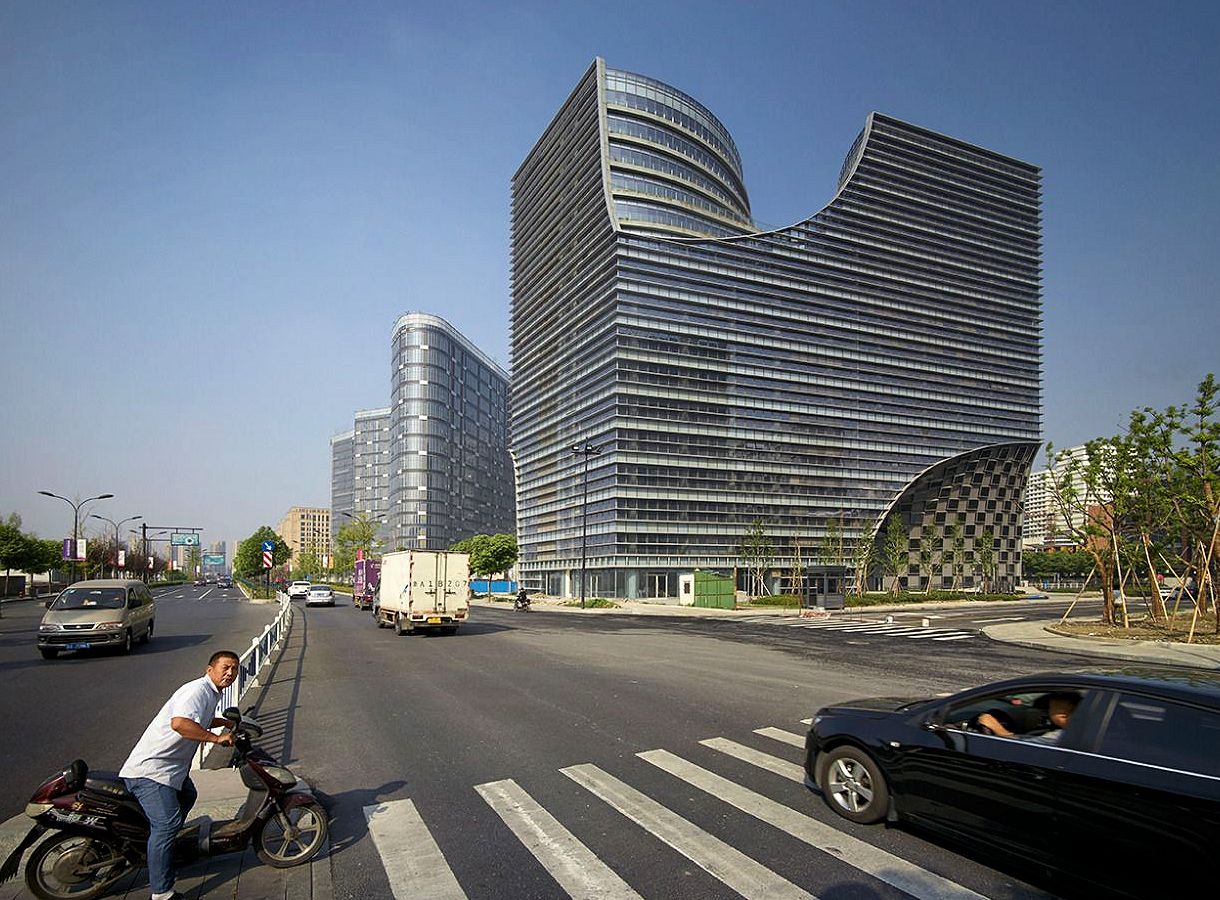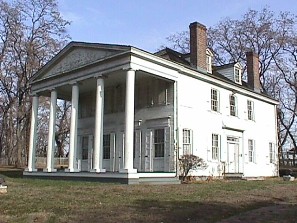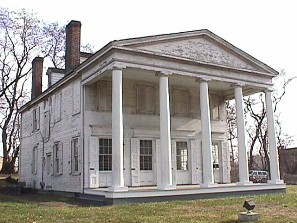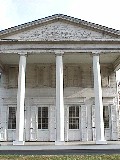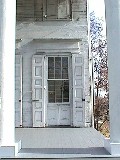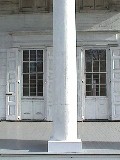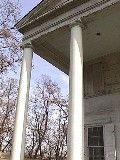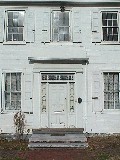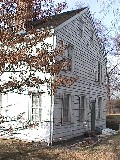2000.02.03 11:43
an answer to "Now what?"
Hugh Pearman states and asks:
Such being the case, we can conclude that Decon has run out of steam as a manifesto-led movement, and we must look to its successor. Ideas, anyone?
Steve Lauf replies:
Is Decon the only thing to have run out of steam? Has the now pervasive and generally accepted way of looking at and being critical of architecture also run out of steam? For example, does moving from seeing Decon as reactionary to now (maybe) seeing the New Austerity as the latest reaction really convey a sense of meaning beyond the oscillations of fashion and trend? Has each new "critical" building become nothing more than the latest "creation" of the now global fashion show? Likewise, has the element of shock become ingrained within the (elite) architectural profession, the same way shock has become "stock-in-trade" in a good deal of high fashion? [I'm not saying there is anything wrong with the architecture that receives attention and the industry surrounding it being akin to the fashion industry, but I do think there is something wrong about not recognizing the phenomenon as such.]
Here's how I now look critically at architecture (and urban design) both currently and historically:
What architecture is extreme?
What architecture is fertile?
What architecture is pregnant?
What architecture is assimilating?
What architecture is metabolic?
What architecture is osmotic?
What architecture is electromagnetic?
What architecture manifests the highest frequencies?
What I've found so far is that some architectures fall straight into some of the categories above while some architectures are categorical hybrids. Here are some examples:
the Pyramids, Stonehenge, St. Peter's (Vatican), Bilbao(?)--extreme, extreme architectures.
the Pantheon, Hall of Mirrors, Versailles, entry sequence of Schinkel's Altes Museum, Kimbell Art Gallery -- examples of the best osmotic architecture there is.
Classical Greek and Roman Architecture--pure architecture of fertility.
the Hindu Templ --the ultimate transcendence from an architecture of fertility to an architecture of pregnancy, whereas the Gothic Cathedral is an architecture of pregnancy, albeit virginal.
all of 20th century Berlin--the metabolic (create and destroy and create and destroy and ...)
To understand architecture of assimilation, look at the Renaissance, but also look to early 20th century Purism to understand assimilation in the extreme, i.e., purge.
Today's architectures are by and large assimilating and/or metabolic (contextual and/or 'deconstructivist'?).
You're very lucky if you ever see pure examples of electromagnetic or frequency architectures today because they are almost entirely architectures of the far off future.
There are many more examples to offer, but that's all for now.
In general, I see all architectures as reenactionary (as opposed to reactionary).
Architecture reenacts human imagination, and human imagination reenacts the way the human body is and operates. The human body and the design thereof is THE enactment. The human imagination then reenacts corporal morphology and physiology, and architecture then reenacts our reenacting imaginations.
| |
2000.02.03 15:08
austerity = extreme assimilation?
In Hugh Pearman's piece on the New Art Gallery in Walsall, he begins with:
"If you could distill the essence of pure modern architecture, and remove all traces of the usual compromises and cut corners and clumsy details and flash populist moves, then you would get a strange, unsettling, austere, but rather beautiful building."
This sentence well describes what I mean by an architecture of extreme assimilation. Assimilation in physiological terms means the absorption of nutrients, and this corporal operation occurs primarily within the intestines. The final stage of assimilation is then in the large intestines where all moisture is absorbed, and them comes the purge.
Modernist Purism and now the New Austerity seem to work toward manifesting an architecture where all the essentials have been absorbed to the extreme, i.e., to the purge of anything extraneous.
Hugh (in his last post) also mentions possible forthcoming architectural 'revivals'. Could not the New Austerity be a Purism revival? (Seeing the interior shot of the Walsall gallery also reminded me of the interior court of Kahn's Mellon Art Gallery, New Haven. I see that building, as well as many other Kahn buildings, as 'embodiments' of a 'new' austerity, of an assimilating purge.)
Perhaps one of the drawbacks of the 'being-there-right-as-it-happens-history' of today's culture is that the sense of continuum is no longer as evident as it was in former times. With everything "new(s)' being automatically understood as 'of this very moment', the sight of 'events' being part of a much larger continuum is easily lost. I have a feeling that a 'style' like Purism(/New Austerity) is going to be part of 'international' architecture (and culture) for a few more centuries. It's already proved itself durable for almost a century, hasn't it?
| |
2003.02.03
ideas
2. Mod Architecture
3. buildings that move(d)
2006.02.03 12:29
Thesis Semester [blog] 25 years ago
...while we were in MoMA's Sculpture Garden, Spring Break 1977. After that some of us went to Wittenborn Art Books, and I bought several back issues of A+U. Hal Guida told me about Wittenborn after I told him a bunch of us were going to New York City for Spring Break.
2007.02.03 15:54
I snapshoot Prada, Beverly Hills
I was taking pictures this morning along the longest straight city street in the world. I've learned it's better if I don't listen to any suggestions that enter my mind.
| |
11020301 Santa Maria Novella facade with Museum of Architecture
2078i00
b
14020301 Danteum plan modern/ancient context IQ11
206bi12
14020302 Danteum plans model modern/ancient context IQ11
206bi13
14020303 Danteum axonometrics (4 x -60,0,40) modern/ancient context
2165i11
b
15020301 Bldg 9593b @ GAUA 1100x550
2429i36
15020302 Bldg 9593c @ GAUA 1100x550
2429i37
15020303 Bldg 9593d @ GAUA 1100x550
2429i38
15020304 Bldg 9593e @ GAUA 1100x550
2429i39
17020301 Atheneum dtm forms plans models
2231i07 b
17020301 JDS Gateway
20020301 Victims site plan work images 225ki05
20020302 Victims site plan work images 225ki06
21020301 Hameau de la Reine site plan plus plan elevation section working data 2113i02
21020302 Hameau de la Reine site plan in situ image plan 2113i02
|
